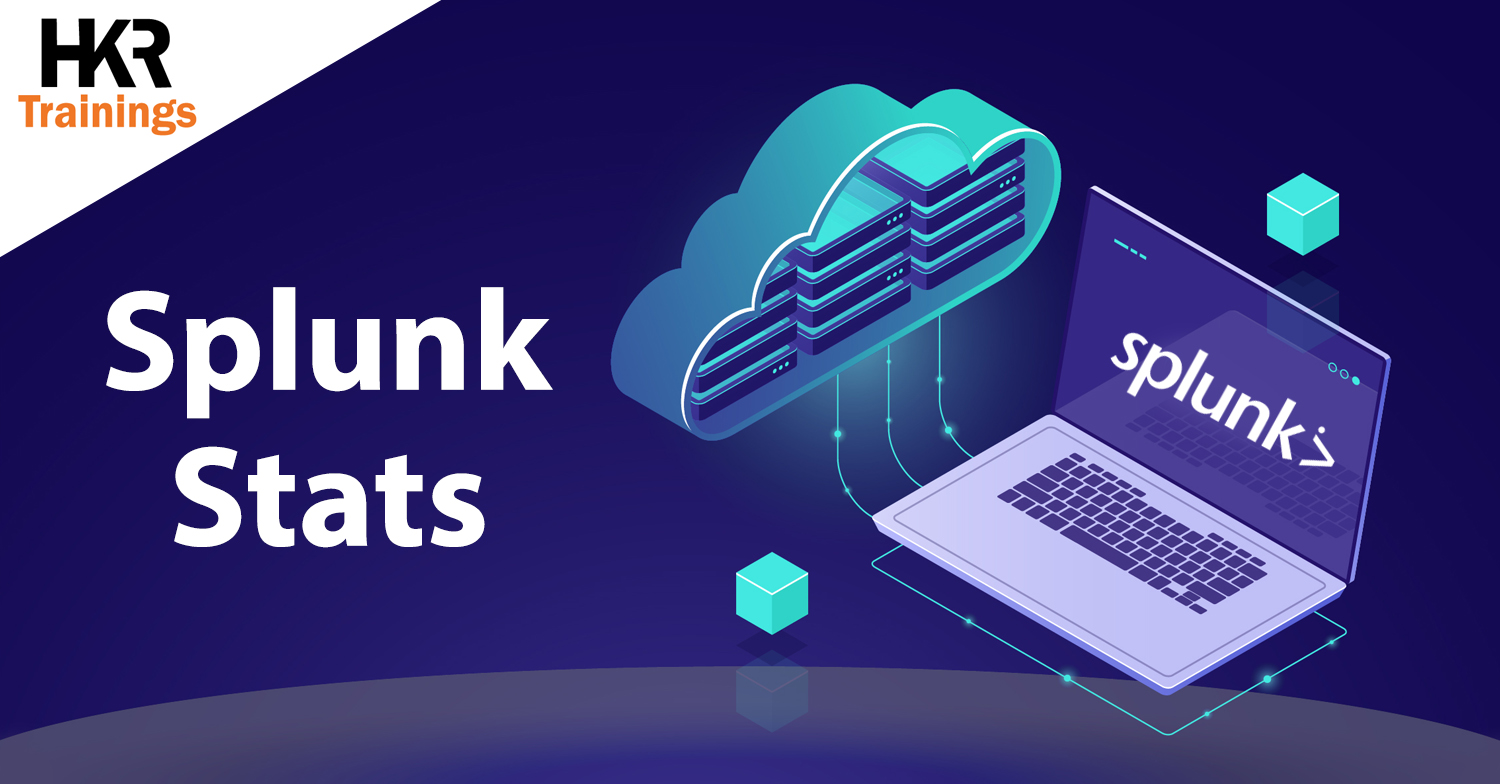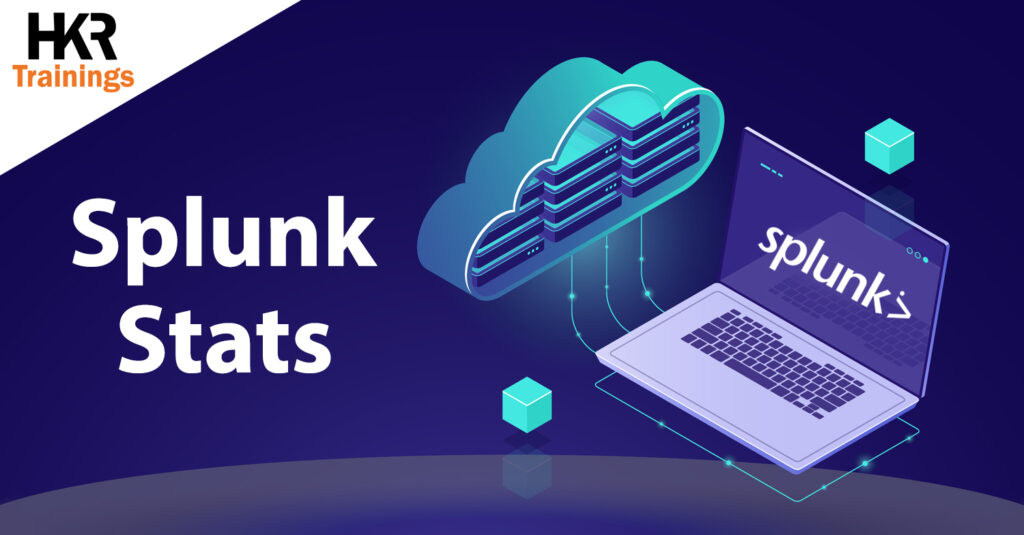In today’s fast-paced world, businesses need to make quick and informed decisions based on real-time data. The ability to capture, analyse, and act upon data in real-time can be a game-changer for organisations looking to stay ahead of the competition. Splunk Stats is one such tool that enables you to gain valuable insights from your data in real-time.
Splunk Stats is a powerful analytics platform that allows businesses to monitor, analyse, and visualise their data in real-time. With Splunk Stats, you can quickly identify trends and patterns in your data that may have otherwise gone unnoticed. This tool empowers businesses with the ability to make informed decisions based on accurate and up-to-date information.
What is Splunk Stats?
Splunk Stats is a powerful real-time analytics platform that provides organisations with invaluable insights into their data. With Splunk Stats, businesses can easily collect and process large volumes of data from various sources, including servers, applications, and devices. Users may easily search, analyse, and visualise data on the platform in order to get insightful knowledge about how businesses operate.
Splunk Stats offers a range of features that allow users to easily manipulate data. Using the platform’s search language commands, users can filter and sort through large amounts of raw data to find specific information. This allows businesses to identify patterns or anomalies in their data that might otherwise go unnoticed.
Moreover, by using machine learning algorithms and predictive modelling techniques in Splunk Stats, businesses can proactively identify potential issues before they become major problems. This enables organisations to take preventive measures and avoid costly downtime or other negative outcomes. Overall, Splunk Stats provides powerful analytics capabilities for any organisation looking for real-time insights into their operations.
Benefits of Splunk Stats
Splunk Stats is a powerful feature of the Splunk platform that allows users to perform statistical analysis on their data. Here are some of the key benefits of using Splunk Stats:
1. Aggregation and summarization
Splunk Stats enables you to aggregate and summarise your data by applying various statistical functions such as count, sum, average, minimum, maximum, standard deviation, and more. This allows you to gain insights into the overall patterns, trends, and distribution of your data.
2. Real-time analysis
Splunk Stats operates in real-time, meaning you can analyse and visualise your data as it flows into Splunk. This provides the ability to monitor and respond to events and metrics in real-time, enabling faster decision-making and issue resolution.
3. Data exploration and discovery
Splunk Stats offers a wide range of statistical functions and operators that allow you to explore and discover meaningful patterns and relationships within your data. You can perform calculations, comparisons, filtering, grouping, and sorting operations to uncover hidden insights and anomalies.
4. Customizable analysis
Splunk Stats provides a high level of flexibility and customization options. You can define and calculate your own custom metrics and indicators using mathematical expressions and logical operators. This enables you to tailor the analysis to your specific requirements and business needs.
5. Correlation and anomaly detection
With Splunk Stats, you can identify correlations between different data fields and detect anomalies or outliers. By applying statistical techniques such as correlation coefficients, regression analysis, and outlier detection algorithms, you can uncover dependencies and irregularities that may be critical for understanding system behaviour or identifying security threats.
6. Visualisation and reporting
Splunk Stats integrates seamlessly with Splunk’s data visualisation capabilities, allowing you to create informative and visually appealing charts, graphs, and dashboards. You can build real-time reports and visual representations of your statistical analysis results, making it easier to communicate insights to stakeholders and track key performance indicators.
7. Scalability and performance
Splunk Stats is designed to handle large volumes of data and deliver high-performance analytics. It can process and analyse data in parallel, leveraging the distributed architecture of Splunk, which enables efficient processing and scalability across multiple nodes.
Overall, Splunk Stats empowers users to extract valuable insights from their data through statistical analysis, helping them make informed decisions, troubleshoot issues, optimise performance, and improve overall operational efficiency.
Use Cases for Splunk Stats
With the help of Splunk Stats, users can rapidly and simply evaluate vast amounts of data in real-time. This can be incredibly useful in a wide variety of use cases, from monitoring server performance to analysing customer behaviour on e-commerce sites.
One common use case for Splunk Stats is in the realm of IT operations. By collecting and analysing data from servers, applications, and network devices, IT teams can gain valuable insights into system performance and identify potential issues before they become major problems. This can help organisations avoid costly downtime and ensure that critical systems are running smoothly at all times.
Another use case for Splunk Stats is in the area of security analytics. By monitoring network traffic, user activity, and other relevant data sources, security teams can detect threats more quickly and respond more effectively to security incidents. This can help prevent data breaches and other cybersecurity incidents that could damage an organisation’s reputation or financial stability.
How to Get Started with Splunk Stats
Splunk Stats is a powerful tool that enables businesses to gain real-time insights into their operations and performance. With its advanced analytics capabilities, it can help organisations identify trends, patterns, and anomalies in their data, allowing them to make informed decisions and take action quickly.
To get started with Splunk Stats, the first step is to define your use case or business problem. What insights do you need to gain from your data? Once you have identified the questions you want Splunk Stats to answer for you, it’s time to start collecting and analysing your data.
The next step is to configure your Splunk environment for optimal performance and scalability. This involves setting up indexes, configuring data sources, defining searches and alerts, and creating dashboards and reports. You may also need to integrate Splunk with other tools or systems in your IT ecosystem.
In conclusion, getting started with Splunk Stats requires careful planning, configuration, and integration with other tools. However once implemented correctly it can provide an organisation significant benefits through accessing Real-time Insights they didn’t Know possible before.
Real-Life Examples of Success with Splunk Stats
Splunk Stats is a powerful feature of the Splunk platform that allows users to perform statistical calculations and aggregations on their data. Here are a few real-life examples of how Splunk Stats has been used successfully:
1. IT Operations
Splunk Stats is commonly used in IT operations for log analysis and troubleshooting. For example, a large e-commerce company used Splunk Stats to monitor their web server logs and identify patterns of high traffic that were causing performance issues. By analysing request counts, response times, and error rates using Splunk Stats, they were able to optimise their server configurations and improve overall customer experience.
2. Security and Fraud Detection
Splunk Stats plays a crucial role in security operations centres (SOCs) for detecting and investigating security incidents. A financial institution utilised Splunk Stats to analyse network traffic logs and identify unusual patterns of data exfiltration. By aggregating data based on source IP addresses, destination ports, and transfer volumes, they were able to uncover suspicious activities and take appropriate actions to mitigate potential threats.
3. Business Analytics
Splunk Stats is not limited to IT and security use cases; it can also provide valuable insights for business analytics. A retail company used Splunk Stats to analyse point-of-sale (POS) data and understand customer buying behaviour. By grouping sales transactions based on product categories, geographical locations, and time intervals, they were able to identify popular products, optimise inventory management, and tailor marketing campaigns to specific customer segments.
4. Infrastructure Monitoring
Splunk Stats is frequently employed in infrastructure monitoring scenarios to track and optimise system performance. A cloud service provider utilised Splunk Stats to analyse server metrics, such as CPU utilisation, memory usage, and disk I/O, across their infrastructure. By calculating average, maximum, and minimum values, they gained real-time visibility into resource consumption and identified opportunities for capacity planning and infrastructure optimization.
5. DevOps and Application Performance
Splunk Stats is valuable for monitoring application performance and troubleshooting issues in DevOps environments. A software development company used Splunk Stats to analyse log data from their distributed microservices architecture. By aggregating logs based on request latency, error rates, and response codes, they were able to pinpoint performance bottlenecks, optimise code, and enhance the overall user experience.
These examples demonstrate how Splunk Stats can be applied in various industries and use cases to extract meaningful insights from data, improve operational efficiency, and drive informed decision-making.
Conclusion
In conclusion, Splunk Stats is a powerful tool that can help organisations unlock the value of their data. With the ability to collect and analyse real-time data from various sources, Splunk Stats enables users to gain meaningful insights into their operations, customers, and overall business performance. By leveraging this information, organisations can make informed decisions that drive growth and improve efficiencies.
Moreover, Splunk Stats offers a user-friendly interface that allows even non-technical users to easily navigate through data and generate reports. This feature makes it an accessible tool for everyone in the organisation who needs access to real-time information. Additionally, its scalability means it can accommodate both small and large datasets without compromising on performance.
Overall, adopting Splunk Stats as part of your organisation’s data analytics strategy can lead to significant benefits such as improved customer satisfaction, increased revenue streams, better risk management practices among others. It’s time to start unlocking the power of your data with Splunk Stats.


4 thoughts on “Discover the Power of Real-Time Insights with Splunk Stats”